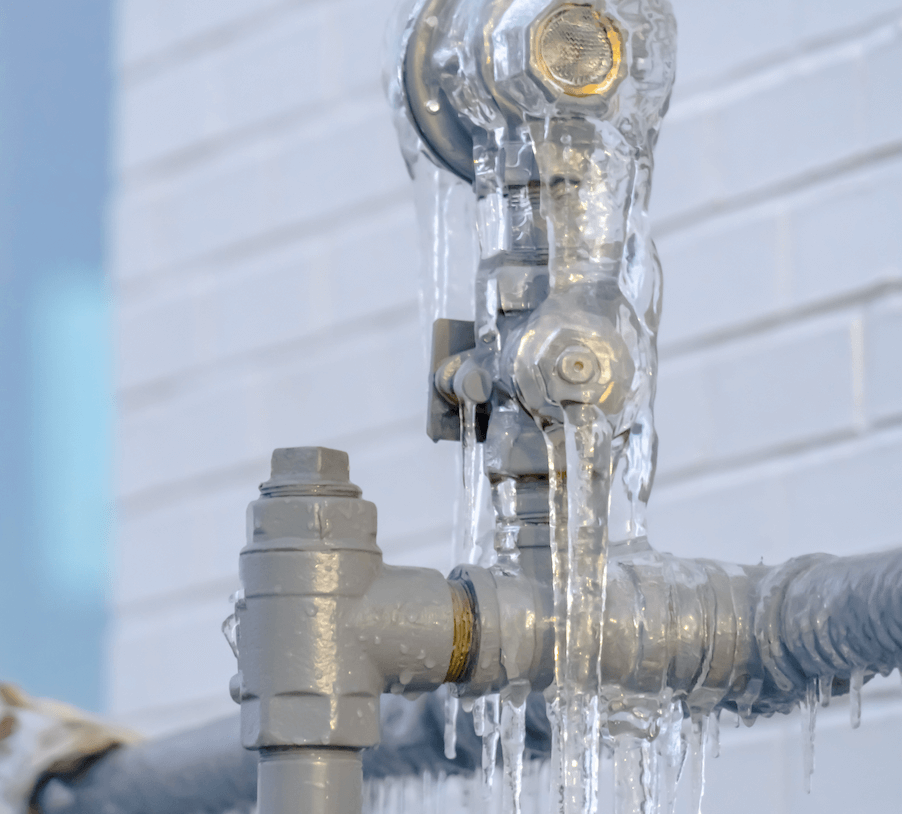Ways to Safeguard Plumbing System from Cold Weather: Essential Advice
Ways to Safeguard Plumbing System from Cold Weather: Essential Advice
Blog Article
They are making several great points on Prevent Frozen Pipes as a whole in this great article underneath.

Cold weather can damage your plumbing, particularly by freezing pipelines. Below's how to prevent it from happening and what to do if it does.
Introduction
As temperatures decrease, the threat of frozen pipes boosts, possibly leading to expensive repair services and water damage. Understanding just how to prevent frozen pipelines is critical for property owners in cool environments.
Understanding Frozen Pipes
What triggers pipes to ice up?
Pipes freeze when exposed to temperatures below 32 ° F (0 ° C) for extended durations. As water inside the pipes freezes, it increases, taxing the pipe walls and possibly triggering them to rupture.
Threats and problems
Frozen pipelines can bring about water system interruptions, home damage, and expensive fixings. Ruptured pipelines can flood homes and trigger considerable architectural damages.
Signs of Frozen Water Lines
Recognizing icy pipes early can prevent them from breaking.
Exactly how to recognize frozen pipes
Search for lowered water circulation from faucets, unusual smells or sounds from pipelines, and visible frost on exposed pipelines.
Avoidance Tips
Insulating at risk pipes
Cover pipelines in insulation sleeves or use heat tape to shield them from freezing temperatures. Concentrate on pipes in unheated or external areas of the home.
Heating techniques
Keep interior rooms properly warmed, especially areas with plumbing. Open cupboard doors to enable cozy air to distribute around pipes under sinks.
Protecting Exterior Plumbing
Yard pipes and exterior taps
Separate and drain pipes garden tubes prior to winter months. Mount frost-proof faucets or cover outside taps with shielded caps.
What to Do If Your Pipes Freeze
Immediate activities to take
If you suspect frozen pipes, keep taps open to alleviate pressure as the ice melts. Make use of a hairdryer or towels soaked in warm water to thaw pipes slowly.
Long-Term Solutions
Architectural changes
Think about rerouting pipes away from exterior wall surfaces or unheated areas. Include extra insulation to attic rooms, cellars, and crawl spaces.
Updating insulation
Buy high-grade insulation for pipelines, attics, and walls. Appropriate insulation helps preserve consistent temperatures and lowers the danger of icy pipes.
Final thought
Stopping icy pipelines needs aggressive procedures and quick reactions. By understanding the reasons, indicators, and safety nets, house owners can safeguard their plumbing throughout cold weather.
6 Proven Ways to Prevent Frozen Pipes and Protect Your Home
Disconnect and Drain Garden Hoses
Before winter arrives, start by disconnecting your garden hoses and draining any remaining water. Close the shut-off valves that supply outdoor hose bibs and leave the outdoor faucet open to allow any residual water to drain. For extra protection, consider using faucet covers throughout the colder months. It’s also important to drain water from any sprinkler supply lines following the manufacturer’s directions.
Insulate Exposed Pipes
Insulating your pipes is an effective way to prevent freezing. Pipe insulation is readily available at home improvement stores and is relatively inexpensive. Pay close attention to pipes in unheated areas such as the attic, basement, crawl spaces, or garage. Apply foam insulation generously to create a buffer against the cold. You can also wrap your pipes in heat tape or thermostat-controlled heat cables for added warmth.
Seal Air Leaks
Inspect your home for any cracks or openings that could let in cold air. Seal any holes around the piping in interior or exterior walls, as well as the sill plates where your home rests on its foundation. Additionally, make sure to keep your garage door closed unless you’re entering or exiting. Leaving it open creates a significant air leak that can lead to frozen pipes.
Allow Warm Air Circulation
During cold snaps, it’s essential to allow warm air to circulate evenly throughout your home. Leave interior doors ajar to promote better airflow. Open kitchen and bathroom cabinets to help distribute heat consistently around the rooms. If you have small children or pets, be sure to remove any household chemicals or potentially harmful cleaners from open cabinets for safety.
Let Faucets Drip
A small trickle of water can make a big difference in preventing ice formation inside your pipes. When temperatures drop significantly, start a drip of water from all faucets served by exposed pipes. This continuous flow helps prevent the water from freezing. Additionally, running a few faucets slightly can relieve pressure inside the pipes, reducing the chances of a rupture if the water inside does freeze.
https://choateshvac.com/6-proven-ways-to-prevent-frozen-pipes-and-protect-your-home/

As an avid person who reads on How to Prevent Your Pipes From Freezing, I figured sharing that excerpt was a smart idea. Sharing is nice. Helping people is fun. Kudos for being here. Revisit us soon.
Book A Service Call Report this page